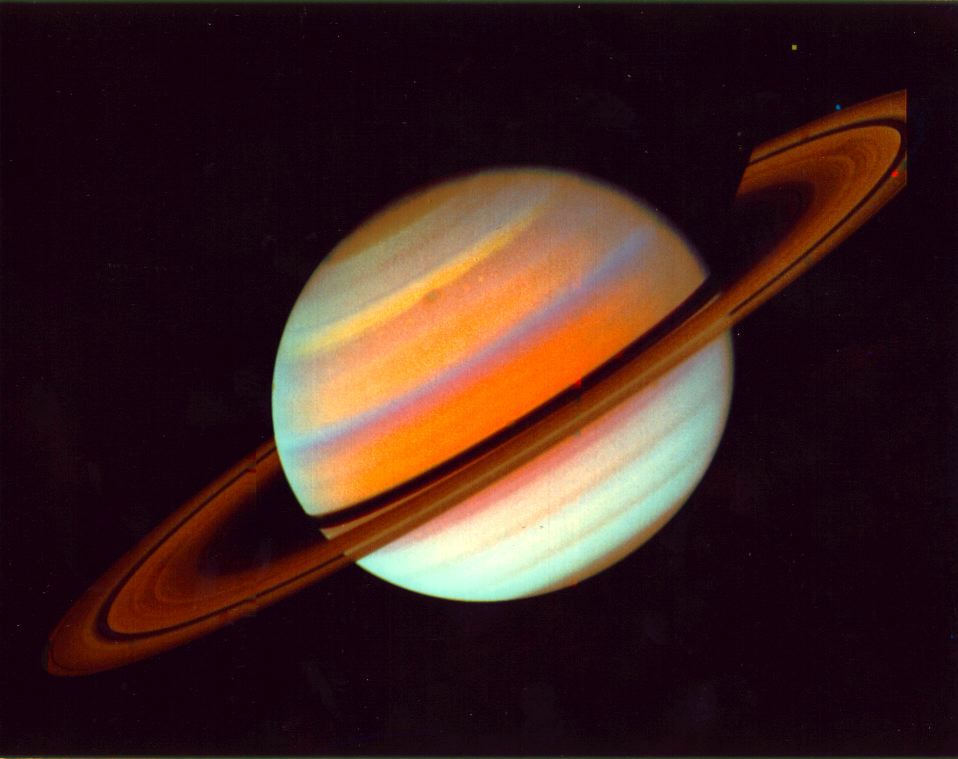
Look up. Raise your eyes. So easy to say, but it’s also easy to worry over the weeds in the garden or the state of the grout behind the sink. But we have several months ahead that are typically dry so the skies will be clear on many nights.
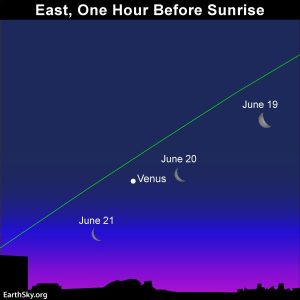
We seek to brighten our lives, to look for meaning and inspiration. We find it in books, music, art and on our computer screens, but I am going to seek those things in the sky this summer. My yoga teacher urges us to connect with our higher selves. The night sky would seem to be a logical place to start. I understand Jupiter, Saturn and Venus are ‘easy to see’ right now. Jupiter is high in the sky as the Sun sets and is visible until after midnight. Saturn is up all night. Venus is bright in the east at dawn. link
I don’t think understanding the night sky is easy. My friend, Stargazer, offers the following advice to those of us with a little extra time in our evenings:
“Begin about an hour after the sun sets. The darker the better, and keep in mind that your eyes adjust to darkness fairly slowly — you’ll see much more as the night goes on.
Start by facing north (or lying down on a cot), and locating the Big Dipper. (This is an “asterism,” or commonly recognized pattern of stars, usually part of a constellation, In this case, Ursa Major — the Big Bear — is the constellation.) The Dipper is exceptionally valuable for locating other bright stars and the constellations they are a part of.
First, follow the “line” formed by the two end stars of the Dipper’s cup (that is, the farthest from the end of the handle), from the bottom of the cup to the top. Extending this line takes you to a not-especially-bright star, Polaris, or the North Star. Two important things about Polaris: it is the hub of our view of the night sky (all the other stars appear to revolve around it, because it aligns with Earth’s axis), and it is the end star of the handle of the Little Dipper, or Ursa Major — the Little Bear.
Returning to the Big Dipper, follow the curve, or arc, of the handle, and extend that arc to a bright yellow star. This is Arcturus (hence the commonly used astronomical phrase “arc to Arcturus.”) Arcturus is the brightest star in the constellation Bootes (Boo-OH-tess), or the Herdsman. Arcturus is at the tip of a sharp triangle, which extends to a larger, blunter pentagon. Some have suggested it resembles a kind of pointy ice cream cone.
Once you have found Arcturus, look for another bright star, not too far away. This is Spica (SPIKE-uh), the most important star in one of the largest constellations, Virgo, the reclining woman. Spica is located on her lower hip as she reclines along the path of the ecliptic — the line in the sky occupied by the Sun, the moon and the planets. (Spica is quite close to brilliant Jupiter tonight, June 14, but won’t be next week.)
Finally, again using the Big Dipper, extend a line perpendicular to the base of the Dipper’s cup downward (as if the cup had a leak) and you will find another bright star called Regulus, the signature star of the constellation Leo (the Lion, of course). The lion’s head looks like a kind of pointy backward question mark, an asterism known as the Sickle.
Once you’ve found all these things, you are well on your way. Now turn south. This puts the Dipper above and behind you, with Polaris of course remaining fixed in the center of the north sky. But you can still use the Dipper’s handle to “arc to Arcturus.” Find this bright yellow star, at the tip of the “ice cream cone” that is the constellation Bootes.
Then look to its left, or east, and (after passing thru the rather dim constellation Hercules) you’ll come to a notably bright star, Vega, in the constellation Lyra (LYE-ruh, the Lyre or Harp).
Continue to look left you’ll see another bright star, Deneb (DEN-ebb), at the tail of the long-necked constellation Cyngus, the Swan. This is of interest because Cygnus flies along the magnificent clouds of the Milky Way. I hope it’s dark enough for you to see it, our own galaxy stretched across the sky.
Yet another bright star in that region of the sky, Altair, (part of the constellation Aquila) combines with Vega and Deneb to form a notable asterism, the Summer Triangle.
Saturn will be a bright, un-twinkling white dot somewhere overhead, and Jupiter will an even brighter dot, to the west. Jupiter, in particular, is very easy to locate; it is brilliant.”
Brilliant. Seeking brilliance. What a good use of time.
The Plantswoman will be on vacation from posting until July 19th.
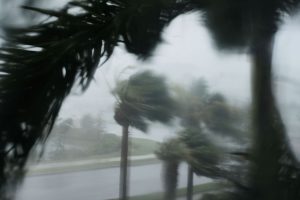 r she creates it. That human is only a small part of the whole process by which nature expresses its being. The farmer has very little influence over that process… other than being there and doing his or her small part.”
r she creates it. That human is only a small part of the whole process by which nature expresses its being. The farmer has very little influence over that process… other than being there and doing his or her small part.”

 I am grateful indeed that the food insecurity, reported in the overseas news almost daily, is not a part of my life. Ten, maybe fifteen minutes daily in the garden would provide me with all the vegetables, flowers and herbs I could find a use for over the coming winter. Human resistance to this kind of boring, repetitive work is apparently hard-wired into us. We have only been farmers for thousands of years. Our hunter/gatherer genetics go back millions of years and current research posits that our ancient and not-so-ancient relations were healthy and happy. Historians, Frank Hole and Kevin Flannery (along with many others) believe that “No group on earth has more leisure time than hunters and gatherers, who spend it primarily on games, conversation and relaxing.”
I am grateful indeed that the food insecurity, reported in the overseas news almost daily, is not a part of my life. Ten, maybe fifteen minutes daily in the garden would provide me with all the vegetables, flowers and herbs I could find a use for over the coming winter. Human resistance to this kind of boring, repetitive work is apparently hard-wired into us. We have only been farmers for thousands of years. Our hunter/gatherer genetics go back millions of years and current research posits that our ancient and not-so-ancient relations were healthy and happy. Historians, Frank Hole and Kevin Flannery (along with many others) believe that “No group on earth has more leisure time than hunters and gatherers, who spend it primarily on games, conversation and relaxing.” 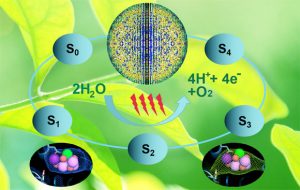
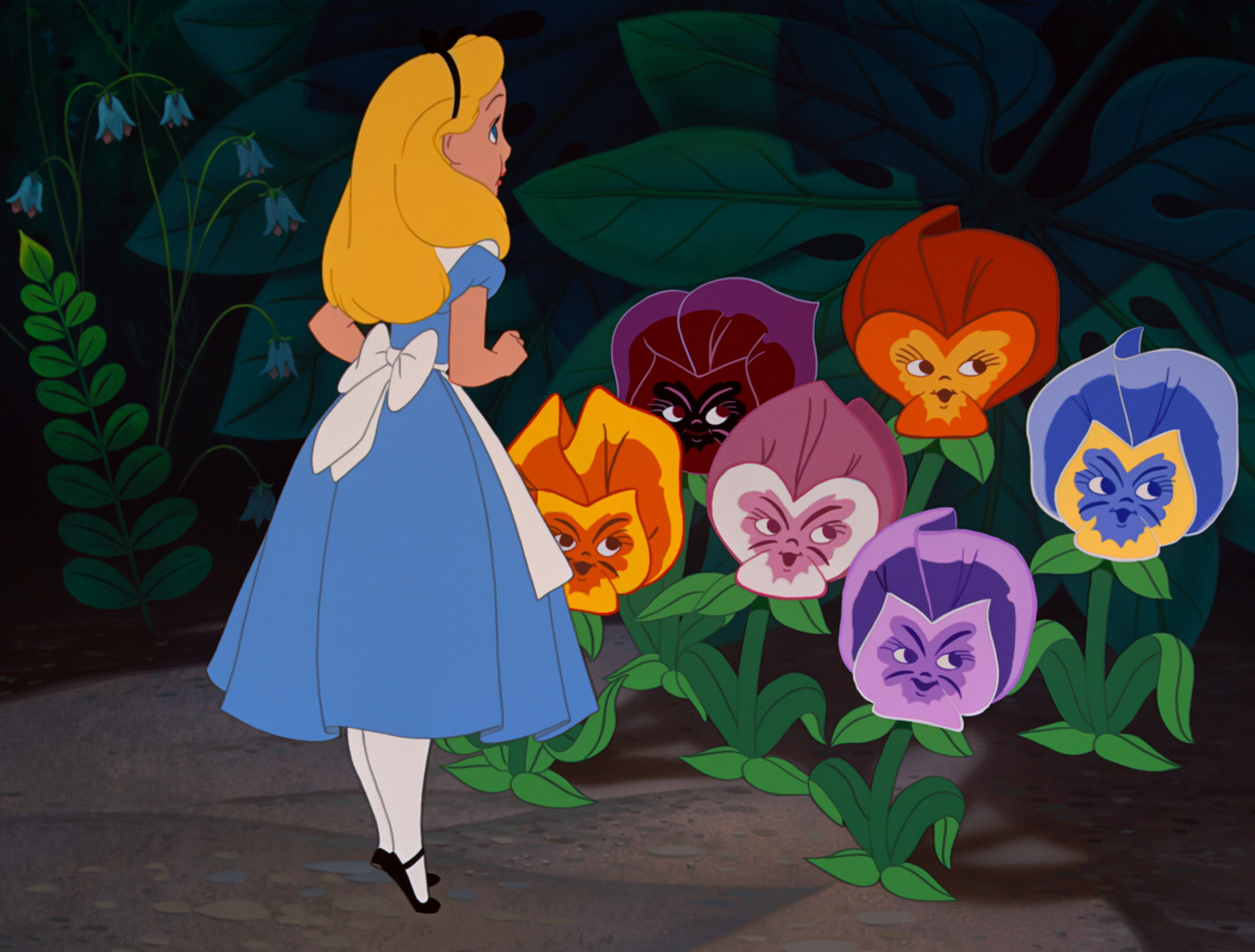
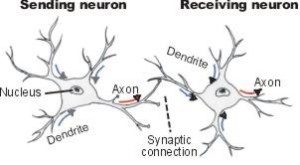 The illustration on the right certainly looks comparable to an electrical network, an information highway. Mancuso accuses the science establishment of “fetishization” of neurons.
The illustration on the right certainly looks comparable to an electrical network, an information highway. Mancuso accuses the science establishment of “fetishization” of neurons.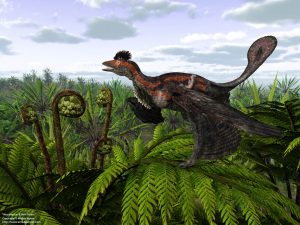
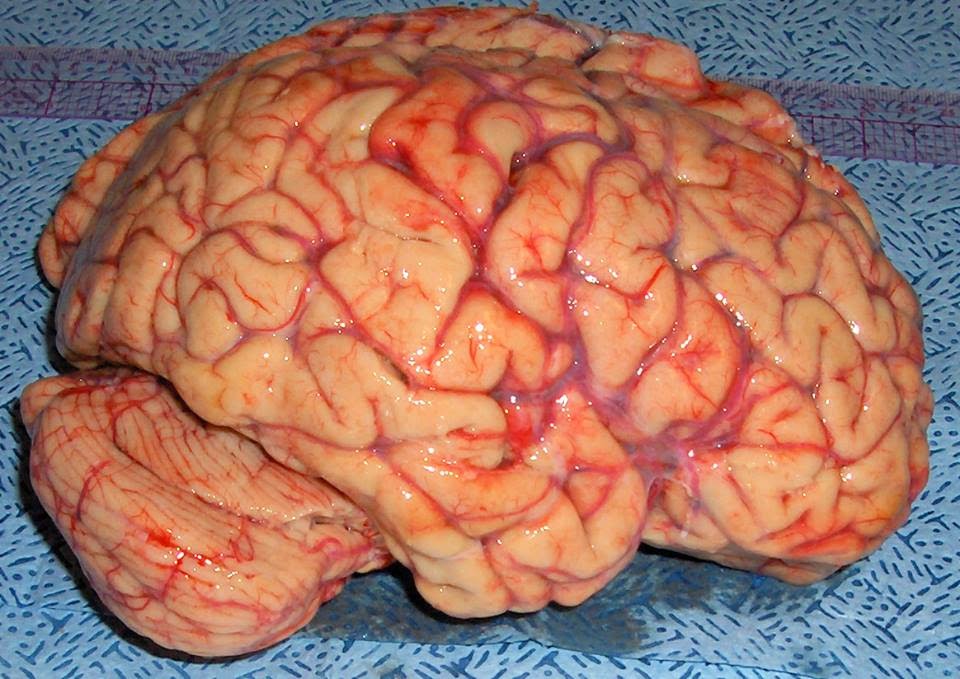
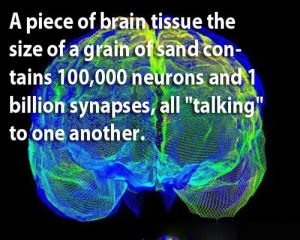 conscious beings we can travel mentally through time and draw on the past to experience the present and plan for the future. In what is called ‘classical’ thought, humans alone are capable of this. Humans alone are capable of a wide and deep range of emotion such as empathy. Only humans appreciate esthetics and are capable of enjoying beauty. Only we are capable of ethical thinking. These are our chains.
conscious beings we can travel mentally through time and draw on the past to experience the present and plan for the future. In what is called ‘classical’ thought, humans alone are capable of this. Humans alone are capable of a wide and deep range of emotion such as empathy. Only humans appreciate esthetics and are capable of enjoying beauty. Only we are capable of ethical thinking. These are our chains.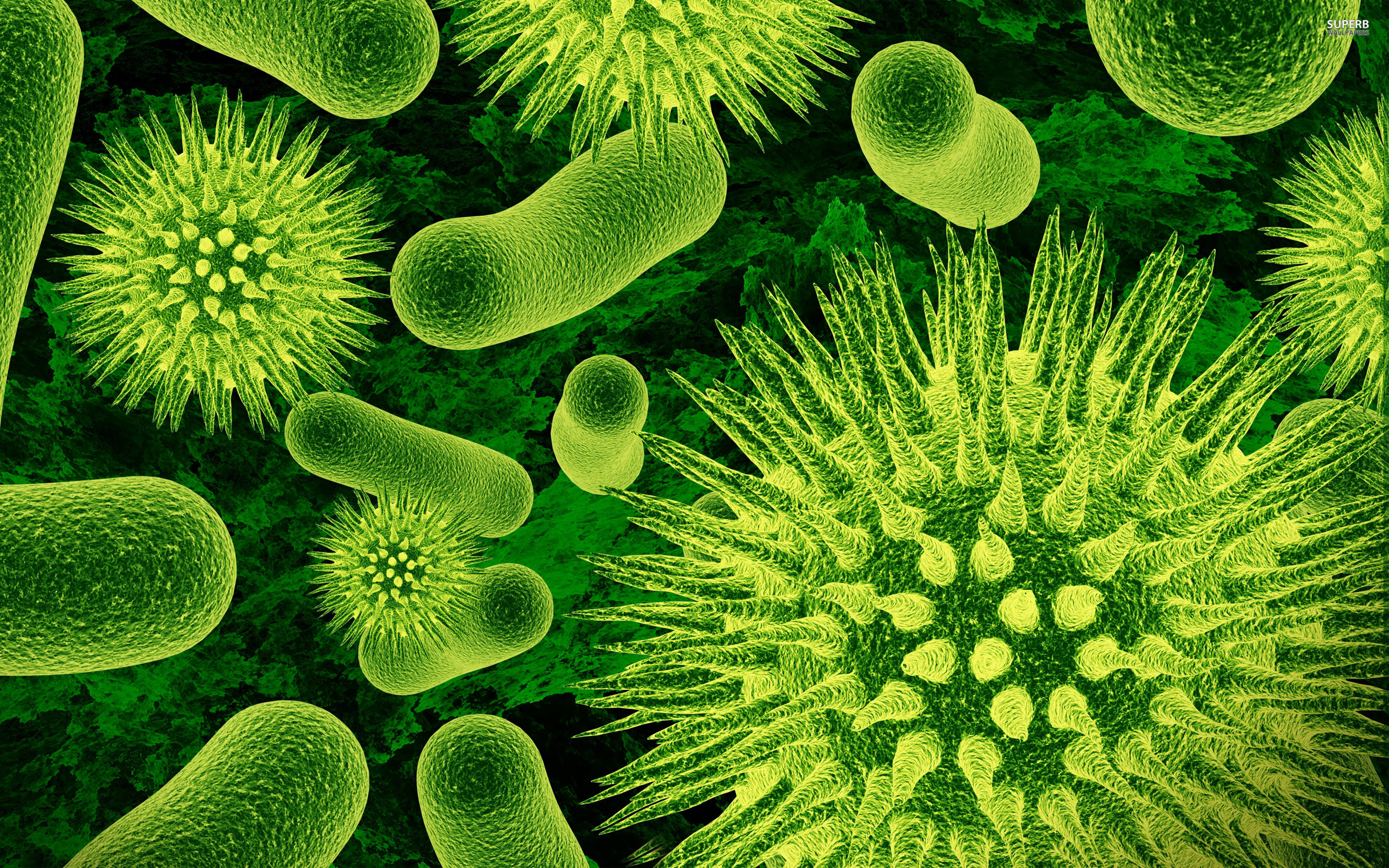
 And they give us things: pneumonia, meningitis, food poisoning. The end of infectious disease was promised with the introduction of antibiotics in 1946. It was commonly believed that “bacteria would just blindly die off leaving us a disease-free life.” Buhner Id. Millions of pounds of antibiotics are created each year and then are excreted or thrown away. These antibiotics are not biodegradable. The Earth’s soil and water is now “saturated with several billion pounds of nonbiodegradable, often biologically unique pharmaceuticals, designed to kill bacteria.” Buhner Id.
And they give us things: pneumonia, meningitis, food poisoning. The end of infectious disease was promised with the introduction of antibiotics in 1946. It was commonly believed that “bacteria would just blindly die off leaving us a disease-free life.” Buhner Id. Millions of pounds of antibiotics are created each year and then are excreted or thrown away. These antibiotics are not biodegradable. The Earth’s soil and water is now “saturated with several billion pounds of nonbiodegradable, often biologically unique pharmaceuticals, designed to kill bacteria.” Buhner Id.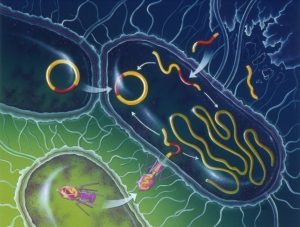 anism dedicated to our destruction. Scientist Lynn Margulis says bacteria has better things to do than attack us; they are, in fact, a highly intelligent community of interactive subparts: “a global superorganism.”
anism dedicated to our destruction. Scientist Lynn Margulis says bacteria has better things to do than attack us; they are, in fact, a highly intelligent community of interactive subparts: “a global superorganism.” 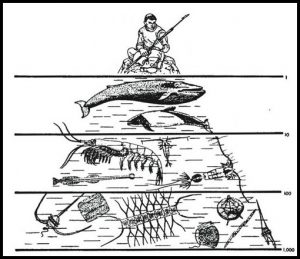
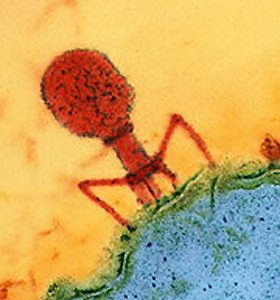
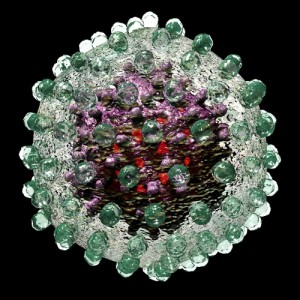
 now flee, their lives at risk from starvation. What is a living, breathing, sensuous, light-filled network to think? Viruses and humans. Is the destruction, illness and death they cause necessary? Perhaps constructive on some level we do not understand. At least viruses are smart enough to pull back and leave their host alive–most of the time.
now flee, their lives at risk from starvation. What is a living, breathing, sensuous, light-filled network to think? Viruses and humans. Is the destruction, illness and death they cause necessary? Perhaps constructive on some level we do not understand. At least viruses are smart enough to pull back and leave their host alive–most of the time.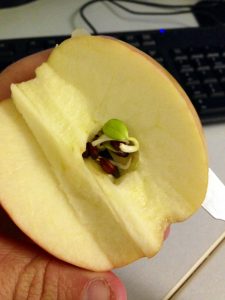
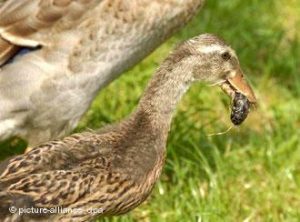 “Neither was Eichman, whispered the Vegan Voice of Truth.” she writes, “…All Eichman did was arrange the transportation.”
“Neither was Eichman, whispered the Vegan Voice of Truth.” she writes, “…All Eichman did was arrange the transportation.”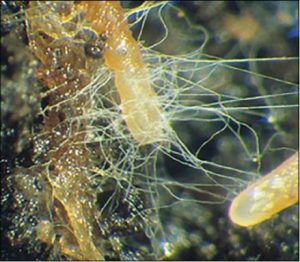
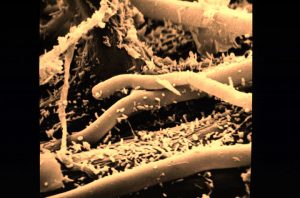
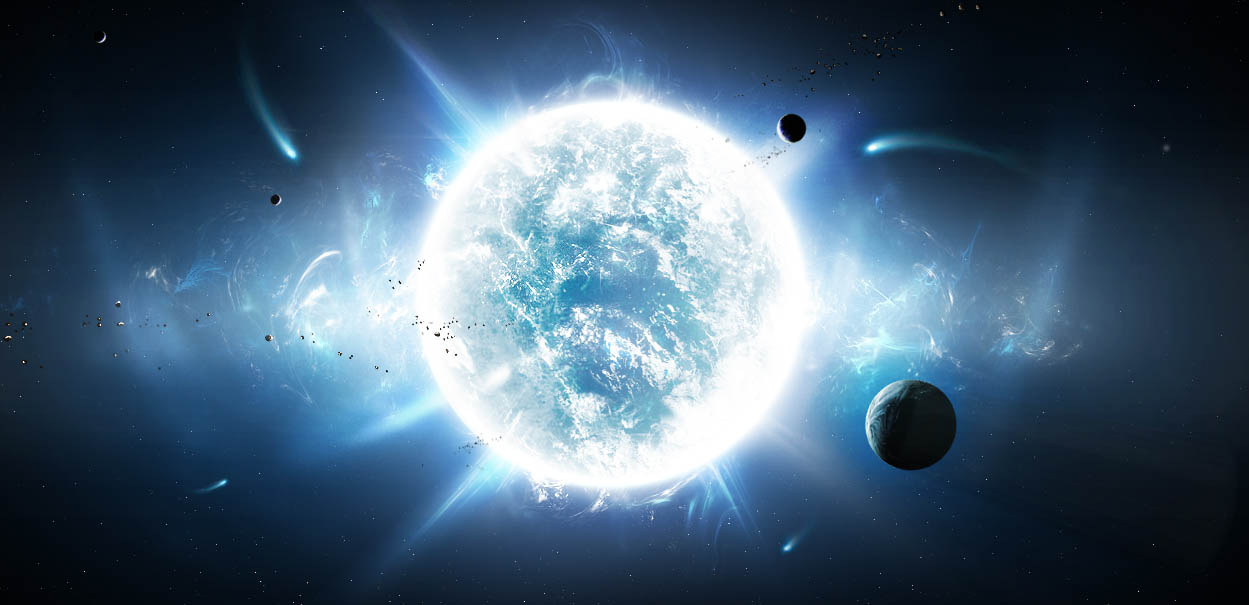
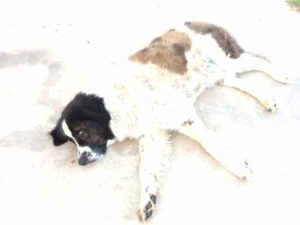 lop down and lie as still as possible to make it through the heat. I was surprised to learn recently that dog days has a quite different meaning.
lop down and lie as still as possible to make it through the heat. I was surprised to learn recently that dog days has a quite different meaning.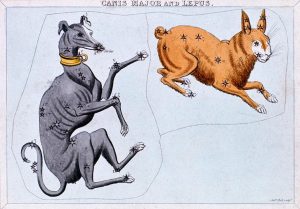 In July and August, Sirius and our Sun rise in conjunction with each other. The Dog Star is enveloped by the rising sun and has been considered the Sun’s heart, or our Spiritual Sun by more sky-oriented cultures.
In July and August, Sirius and our Sun rise in conjunction with each other. The Dog Star is enveloped by the rising sun and has been considered the Sun’s heart, or our Spiritual Sun by more sky-oriented cultures.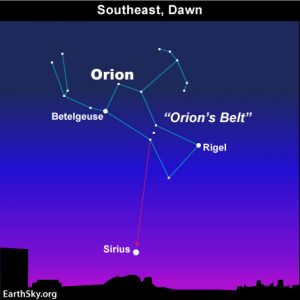 My Pyr looked at the sky, completely happy; he loves any mention of the word dog–dog star, dog food, dog brush–he loves his dogness. I suspect him of thinking he is a superior being. My big dog really is a superior being and he followed my gaze at the many stars out that night. I am on solid ground making strawberry jam, painting porch furniture, trying to get rid of fire blight on my pear trees but sorting out one star from a myriad of others is hard for me.
My Pyr looked at the sky, completely happy; he loves any mention of the word dog–dog star, dog food, dog brush–he loves his dogness. I suspect him of thinking he is a superior being. My big dog really is a superior being and he followed my gaze at the many stars out that night. I am on solid ground making strawberry jam, painting porch furniture, trying to get rid of fire blight on my pear trees but sorting out one star from a myriad of others is hard for me.
